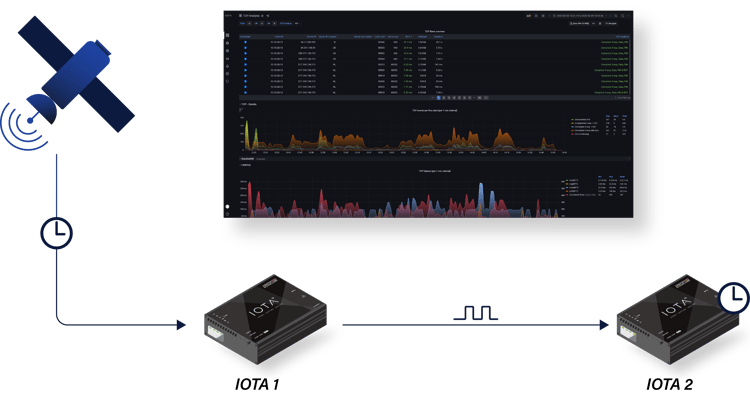The importance of timestamping in packet analysis
Accuracy, precision, and resolution are fundamental concepts that are important to understand in packet analysis and network troubleshooting.
Packet analysis is an essential part of network security and troubleshooting. It involves inspecting network packets to identify potential threats, diagnose performance issues, and monitor network activity. With the increasing complexity and volume of data transmitted over networks, accurate and precise packet analysis is more crucial than ever.
Timestamping plays a critical role in achieving accurate and precise results in packet analysis. Timestamping adds a timestamp to each packet as it travels, aiding in tracking the exact time when data was transmitted or received, which is crucial for network diagnostics and synchronization purposes.
The ability to capture packets with an accurate timestamp helps determine the exact order in which packets are sent or received, making identifying where issues may have occurred easier.

Accuracy
Accuracy is how close a measurement is to its true or expected value. When analyzing network performance, accuracy signifies how accurately a monitoring tool timestamps the network packets. This is crucial in pinpointing the root cause of performance issues and providing appropriate solutions.
Inaccurate timestamping can lead to misleading results and delays in identifying and resolving network issues. For example, if a packet is timestamped incorrectly, it may appear as if there is an excessive delay in data transmission when, in reality, the problem lies elsewhere. This can result in wasted time and resources trying to troubleshoot the wrong issue.
Precision
Precision refers to how consistent measurements are when repeated multiple times. In terms of packet analysis, precision means how consistently a monitoring tool timestamps packets with the same level of accuracy. An exact tool will provide identical or very similar timestamps for repeated transmissions of the same data.
Precision is vital for detecting subtle changes in network behavior. A precise monitoring tool makes it easier for network engineers to identify and address problems promptly.
Consider a situation where a network experiences intermittent latency. A precise monitoring tool can consistently identify and log these brief disruptions, helping to find the source of underlying issues quickly.
Resolution
Resolution refers to the smallest unit of measurement that a monitoring tool can detect. In other words, it measures the level of detail or granularity of data the tool captures.
A higher resolution means more detailed information is captured and recorded, leading to a better representation of network performance metrics.
On the other hand, a lower resolution may result in oversimplification and loss of critical details, making it challenging to troubleshoot complex network issues.
With low-resolution metrics, a spike in latency may only be detected as an overall increase in average latency without pinpointing which specific applications or devices are affected.
Timestamping Methods
There are two main methods for timestamping packets: software-based and hardware-based. Software-based timestamping uses system clocks on the monitoring device, while hardware-based timestamping relies on specialized hardware with its clock source. Hardware-based timestamping is generally more precise and accurate, as it eliminates any potential discrepancies between system clocks.
We wrote an extensive blog post on the Profitap IOTA solution that provides accurate hardware timestamping when capturing network packets.
Read more here: https://insights.profitap.com/timestamp-analysis-why-you-need-it-and-3-efficient-ways-to-run-it

Conclusion
Network professionals must navigate the intricate interplay between accuracy and precision to ensure reliable performance monitoring and effective troubleshooting. Understanding the acceptable levels of error in each metric and being aware of potential deviations is crucial for effective network performance monitoring.
By recognizing the importance of accuracy, precision, and resolution in these measurements and using the right tool for the job, we can better interpret data and make informed decisions to optimize network efficiency and reliability.

